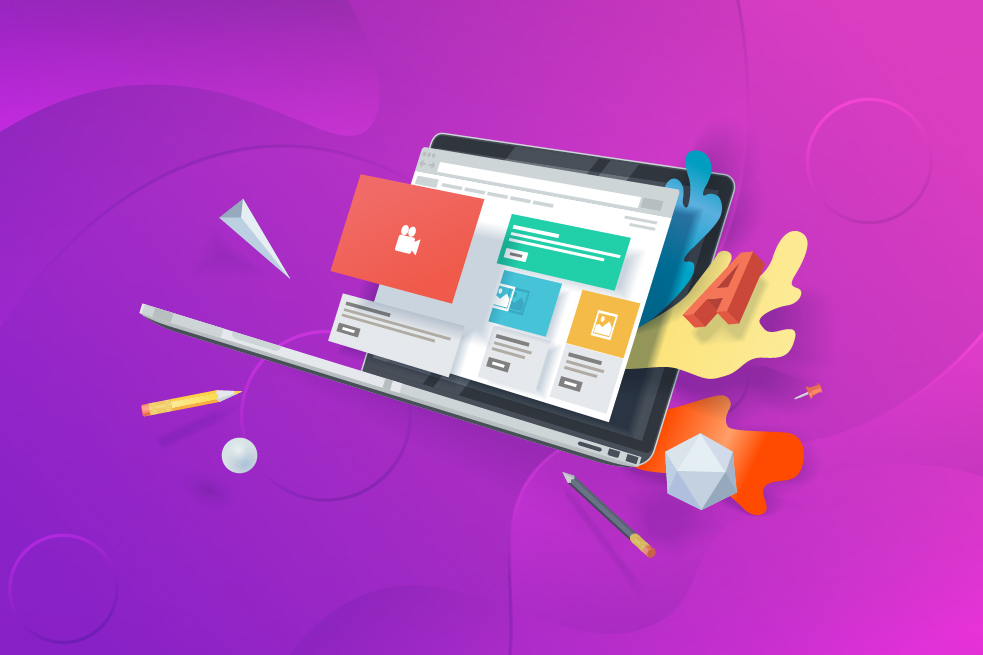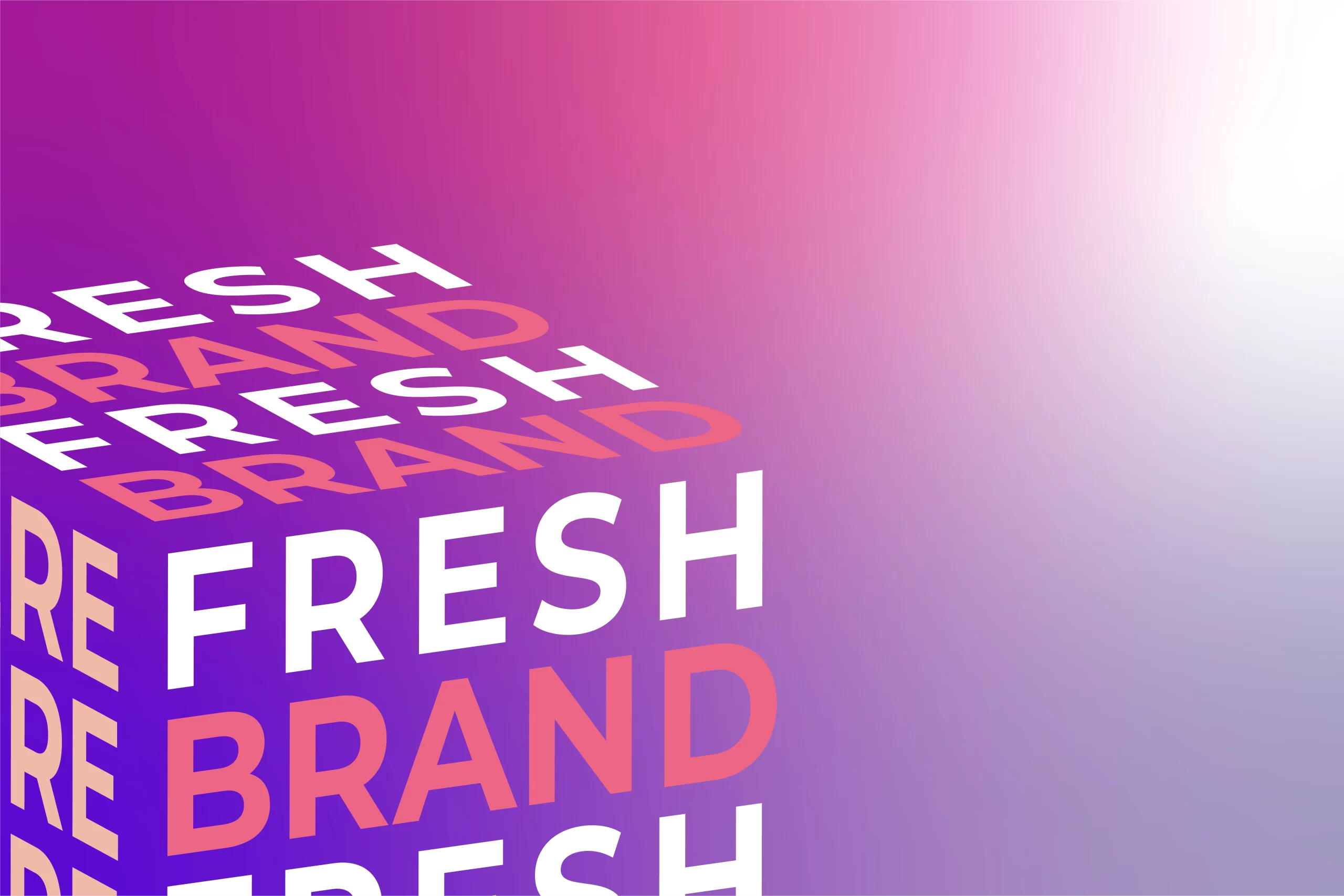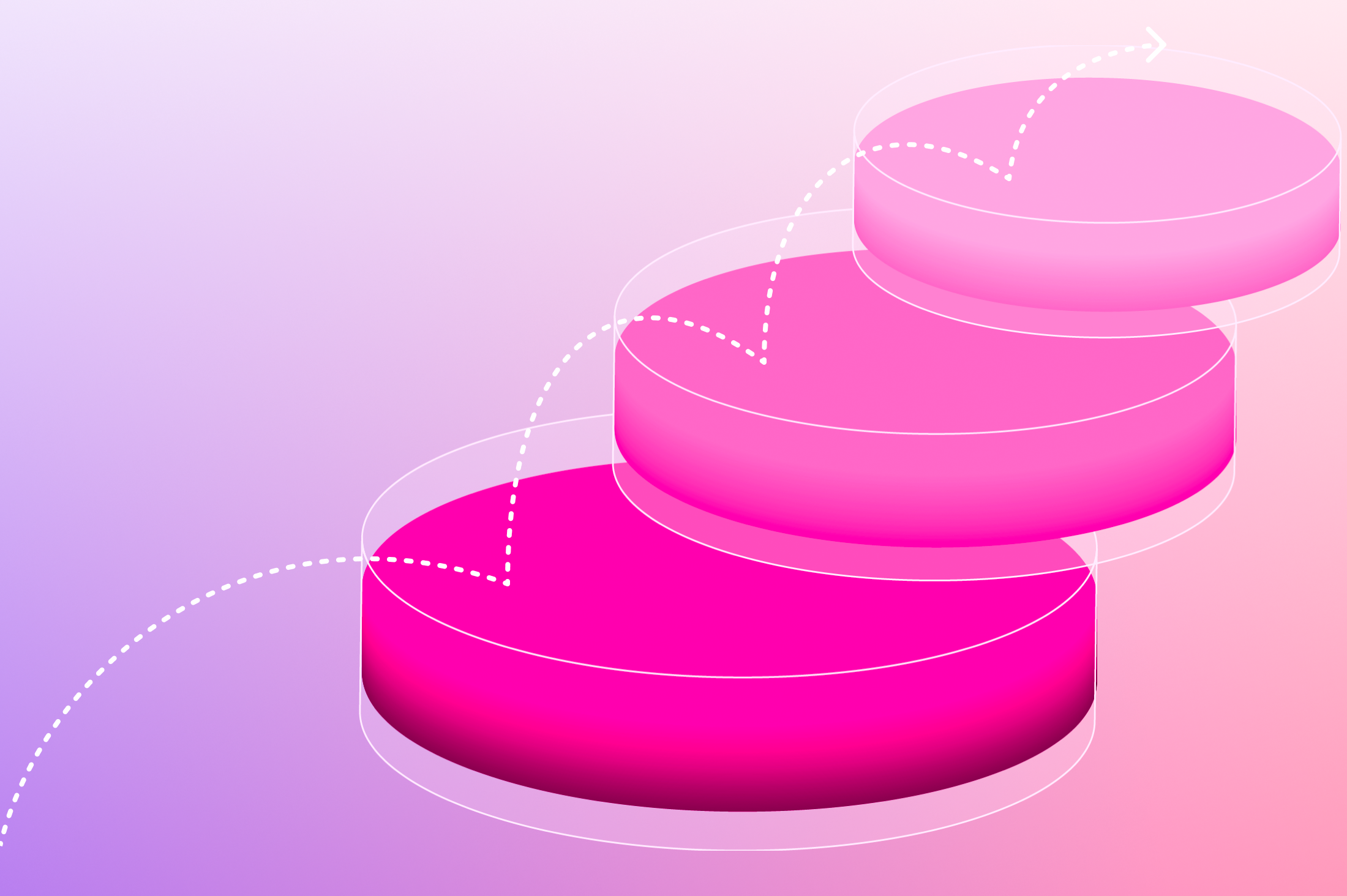Recently updated on November 30th, 2023 at 05:38 pm
Did you know that an average person spends about 144 minutes a day on the internet?
Today, about 3.8 million people use social media — that’s around half of the world’s population! As brand owners, it’ll be best to learn about this information as we shift to digital marketing. But with a myriad of content to see, how will your online presence stand out?
To start your game plan, you’ll first need to focus on two things: branding and web design. Branding refers to the process of giving an identity to your company and the products and services you offer. With a good brand strategy, you’ll be able to connect with your target audience and let them choose you over your competitors. On the other hand, web design refers to the visual elements you use on your website. If you invest in your web design, you’ll be able to provide your audience with the best user experience.
In this article, you’ll discover how these two go hand in hand to help you achieve your long-term business goals.
Benefits of integrating branding in web design
- Be always on top of your game
While your web design drives traffic to your website, it’s not enough to keep you on top of your game. Branding is the “why” of your business. It creates a strong perception of who you are and what you offer. When integrated with the web design, they make a memorable impression on consumers, build trust, and earn customer loyalty.
- Brings consistency and clarity
- Transforms into strategic online user experience
An ideal online business ensures the basic functionalities and security features of a website. With branding and web design in mind, even small businesses can expect consistent results. . In doing so, business owners need to shift from thinking only about brand strategies to strategic online user experience. As easy as it may sound, this step can be a bit tricky and might require you to ask for help from a digital marketing firm.
You can find many of them online, but one of the best is Spark Interact, which has helped hundreds of brands with various digital marketing services. If you’re still unsure of how you’ll go, our marketing experts can guide you every step of the way.
Building brand consistency in web design
Now that you’ve learned how brand consistency can be the key to your success, let me share with you some tips on how you can implement it.
1. Ensure proper placement of your logo
Placing your logo on the top left corner of your website will make it more visible to your audience. You can also consider placing it near the navigation tabs for an optimised and convenient user experience. Familiarise yourself with the differences between the design elements below:
- Primary Logo. It represents the ‘face’ of your business. Use it most frequently than the others.
- Secondary Logo. You can use it whenever your primary logo doesn’t fit in your graphics.
- Alternate Mark. It has fewer details than your primary logo, and you can use it as a watermark for your documents.
- Brand Icon. Although it doesn’t contain any form of text, your audience should be able to recognise your icon at first glance.
- Monogram. It transforms one to three letters into your logo design.
- Favicon. It’s the small icon you can see on the left side of a tab.
2. Roll with your colour palette
One of the first things you need to do in web design is choosing the colour palette that reflects your brand. If you already have a logo, you can start playing with the brand colours in it and apply it to your graphic design.
3. Images
Although having variations of font sizes is necessary to emphasize the context of a text, it still needs to be consistent in any situation. It is absolutely essential for the website because it helps the legibility of your texts.
4. Optimise the power of whitespace
In the design process, it can be tempting to add all the visual elements you can think of to your website. However, professional graphic designers will suggest you have all the necessary whitespace to avoid eyestrain to your audience. Doing so will boost their comprehension rates and attention spans by at least 20%.
5. Use images as necessary
While some texts only take about 10 seconds to read, people still want to access information faster than that. In visual brands, experts highly recommend using various images that will speak your message for you.
Conclusion
Although branding and web design are two different things in digital marketing, one cannot exist without the other. After all, creating your brand identity in all forms of channels takes a comprehensive strategic plan. With this information, you can start recalibrating your game plan as you move forward with your business.






